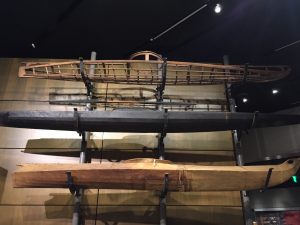Having already gone through my year of student teaching, I have come out with a different lens on how to approach my students, my school, and my community. I recognize that being culturally responsive is not just about lesson differentiation, but is at the core of every student. There was a quote from a video we watched in class that I believe represents culture well. Someone put culture as “the filter through which people see the world.” Being a culturally responsive teacher is not just making the educational components of lessons fit all students. It is making the institution fit all students, how you approach them fit all students, and many other things we a citizens need to recognize in being culturally responsive. It is a lifestyle, not just teaching “differentiation.”
Privilege: Recognizing our Euro-centric system as well as the hierarchical system of class, race, sex, and culture is vital to understanding our students. We need to meet students at their comfort zone, which means we need to come out of ours, in order for them to apply their knowledge, connect to their peers, and learn to the best of their abilities.
Uncomfortable: We should never be comfortable as teachers and always push for equity. This means being an active teacher outside of our classrooms and in the community. The minute we are comfortable, more students feel discomfort. Also, each year we have a different pool of students, indicating different cultures and we must always be adapting as a teacher.
Institutional Racism: This word coexists with “uncomfortable” because it is part of the reason we should be uncomfortable. We are active teachers who help break down institutional racism by educating our kids. I think it is really important to work at a school who has the same ideals as myself-works to be active in breaking down these walls of racism and is in the best interest to those students in the school.
